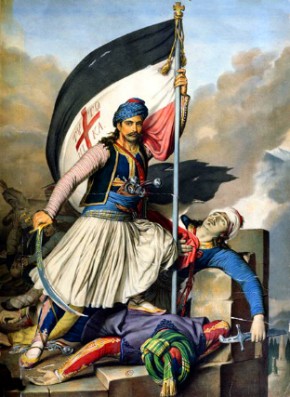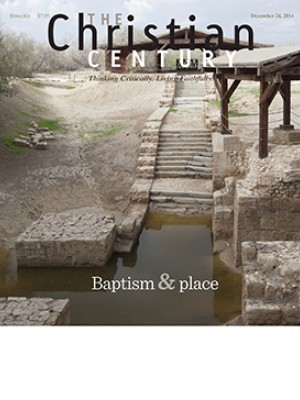Forgotten genocides

Twenty years ago, in July 1995, Serbian forces killed some 8,000 Muslims in and around the Bosnian town of Srebrenica. That was by no means the only such instance of interreligious violence and ethnic cleansing in modern times, especially along the tectonic fault lines that divide Christians and Muslims. One can note, for example, the Armenian Genocide during the First World War and the carnage wrought by modern-day Islamists in Iraq and elsewhere.
But there is another, critical side of the story, one scarcely known in the West. Repeatedly along those religious frontiers Christian forces perpetrated massacres of Muslims and even acts of genocide. Those largely forgotten crimes shaped the religious geography.
Read our latest issue or browse back issues.
With some allowance for minorities, most Westerners think of Europe as historically Christian and the Middle East as overwhelmingly Muslim. Such a division would have astonished observers as late as 1900. From the 16th century through the 20th, even when Ottoman Turkey ruled the Middle East and the Balkans, much of that region was very diverse in faith as well as ethnicity. Instead of today’s fairly homogeneous Middle East, we would do better to think of a religiously complex region extending from the Danube to the Euphrates, from Belgrade to Baghdad. Our modern religious map is a product of decades of violence and ethnic cleansing during which Christians were driven out of the Middle East and Muslims from Europe.
Ottoman control of southeastern Europe crumbled gradually in the 19th century. Wherever the imperial frontier retreated, Muslim residents were targeted for persecution and ethnic cleansing. Communities several million strong were eliminated, mainly by expulsion and forced migration but also through pogroms. The process took roughly a century, from the 1820s through the 1920s.
One extraordinary example occurred during the Greek revolution that erupted in 1821. Throughout the country, the insurgent peasant population slaughtered tens of thousands of Muslims in the space of a few weeks—so thoroughly that the memory of whole communities was obliterated. Many thousands more Muslims perished during the conquest and sack of Ottoman-held cities, such as Tripolitsa and Navarino. Bishops and priests urged on their flocks to annihilate their ancient enemies.
In this bloody conflict neither side observed anything like what we would today regard as the laws of civilized warfare. But Greek Christians did undertake what we can only call a campaign of genocide. So also did the Russians as they expanded their empire into the newly conquered Caucasus. Following their defeat of the Circassian Muslims in the 1860s, the Russians expelled several hundred thousand, and tens of thousands died in the process.
Christian revolts against Ottoman authority recurred through the century, with a new revolutionary upsurge in Bulgaria in the 1870s. In suppressing the revolt, the Turks used ruthless violence that appalled Western Europeans and stirred massive support for the Bulgarian cause. But Bulgaria had many Muslim occupants, who themselves suffered greatly at the hands of the rebels and of invading Russians. Estimates of the scale of destruction vary enormously, but a reasonable figure suggests that the number of Muslim dead ran into tens of thousands, with perhaps half a million forced to become refugees.
Another orgy of violence ensued during the Balkan Wars of 1912–13, a complex affair of shifting alliances between several Christian powers against the Ottomans. Once again, religious massacres and purges became commonplace, while some Muslim communities were forcibly converted to Christianity. Albanian Muslims suffered dreadfully. An even-handed international commission investigating these atrocities declared that “it has become a competition, as to who can best dispossess and ‘denationalize’ his neighbor.”
The process of cleansing minorities culminated in the immediate aftermath of the First World War. Between 1923 and 1925, Greece and Turkey arranged for the exchange of 1.3 million Greek refugees for 400,000 Turks then resident in Greece.
Religious violence was cumulative in nature. When Christians drove Muslims into exile in Turkey, those exiles naturally sought revenge on any local Christians they found. Those Christians in turn persecuted Muslims, and the spiral of hatred continued indefinitely. In 1915, Circassian exiles were major participants in the slaughter of Armenians in the Ottoman Empire. Of the triumvirate of Turkish leaders who masterminded the Armenian Genocide, all stemmed from regions in Bulgaria and Greece from which their families had been expelled. Exiles and expatriates often become the most ferocious superpatriots.
The fact of victimhood does not for a second excuse any of the evils perpetrated by the Ottomans or by any other group. The Armenian Genocide, like the Shoah, was an absolute and inexcusable evil. But looking at the broader historical picture, neither Christians nor Muslims can claim to be entirely blameless. Srebrenica was not a unique crime.







